How to turn lead into gold or create an elixir of immortality? Alchemy probably got its bad reputation because of numerous cases of fraud

The Secrets of Alchemy

Creating and Manipulating π-Extended Quintulene on Surfaces
A curved nitrogen-doped nanocarbon synthesized that can flip shape and trap a gold atom at its center

Carbon-Negative Building Material from Waste and CO₂ Capture
ETH Zürich team creates printable composite from demolition waste and biomass, capturing CO₂ and reducing the construction carbon footprint

Jahrestreffen Deutscher Katalytiker
One of Europe’s leading conferences in the field of catalysis
![Diazine-Tetraphenylethylene Cyclo[6]arenes for Molecular Recognition in Solution and Aggregate States](https://www.chemistryviews.org/wp-content/uploads/2025/11/ChemistryViews-2.70171-125x94.png)
Diazine-Tetraphenylethylene Cyclo[6]arenes for Molecular Recognition in Solution and Aggregate States
1,2-diazine endo-functionalized tetraphenylethylene cyclo[6]arenes for cation binding in dilute solution and nitrophenol detection in the aggregate state

POWTECH 2026 and PARTEC 2026
Trade fair for processing, analysis, and handling of powder and bulk solids

AchemAsia 2028
13th International Expo and Innovation Forum for Sustainable Chemical Production

BASF Starts Production at its Zhanjiang Verbund Site
BASF begins production at its Zhanjiang Verbund site, ahead of the full startup planned for the end of 2025

New Strategy to Guide Exciton Coupling And Nanoscale Morphology in Aqueous Environment
Gustavo Fernández, Germany, discusses a molecular design strategy using amphiphilic aza-BODIPY dyes that enables precise tuning of exciton coupling (J-type vs oblique) and nanoscale morphology

90th Birthday: Herbert W. Roesky
Renowned German inorganic chemist known for his work on fluorine compounds